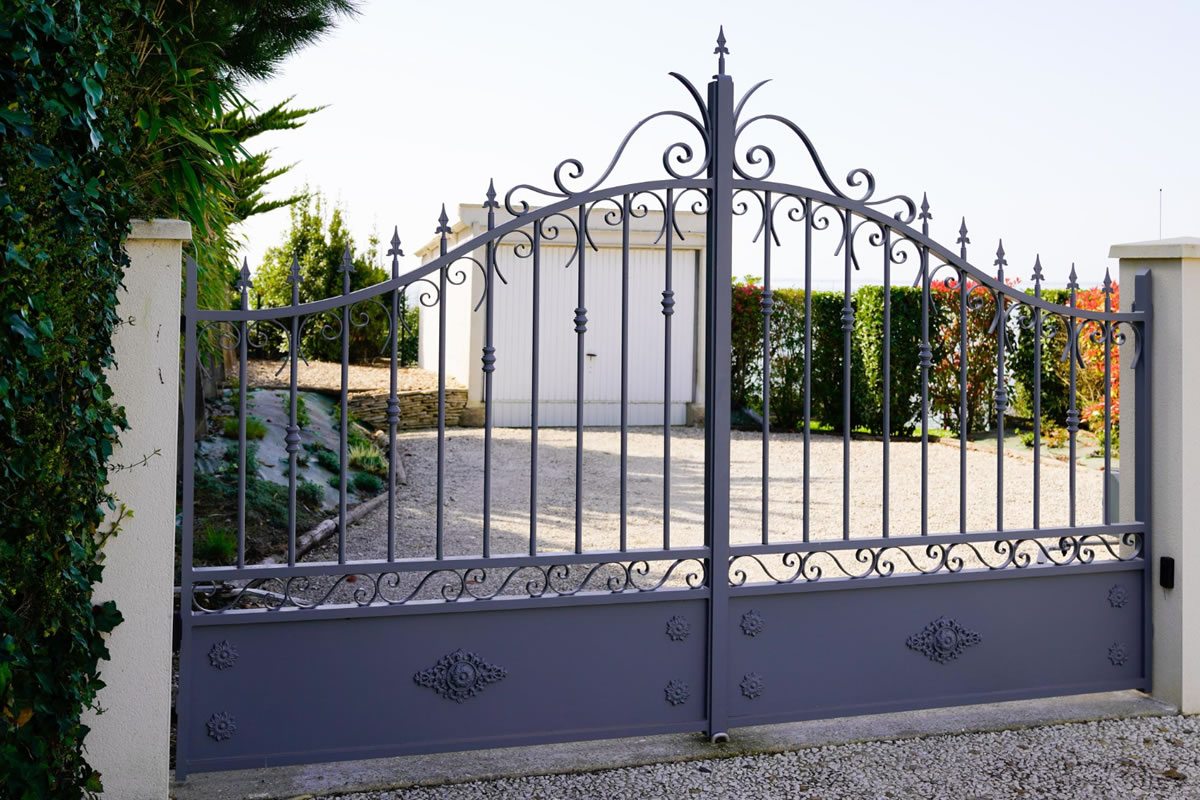Understanding Gated Communities

When selecting a home, it's imperative to consider the surrounding neighborhood and the house itself. Each community has its attributes, including the degree of safety, corruption, and physical impression. While some areas can induce a home's worth to fall, others, like gated communities, help houses defy market trends and hold value over time. A gated community delivers increased security and safety and comes with a cost, which is echoed in the HOA dues.
Living Behind a Gate
The term "gated community" refers to any neighborhood with controlled access utilizing one or more gates that inhabitants or guests must go through. Some have a security booth with security attendants to ensure that only inhabitants or visitors pass the entrance. In contrast, others employ an automated gate that citizens must open with a key card or remote control. Most gated neighborhoods have a title and a precise geographic depiction, as observed by the walls and entrances that govern access to the location. Gated neighborhoods may exist in any place, including municipalities, villages, and rural areas. They also vary in size from a few houses to several dozen.
Increased Safety for Residents
One of the direct purposes of a gated neighborhood is to offer its inhabitants safety that they wouldn't encounter in nearby non-gated areas. One way a gated community improves safety is by eliminating through traffic. Traffic is restricted to citizens and guests without motorists passing through the gated neighborhood. This makes it safer for kids to wander or play near streets and reduces traffic mishaps. Gated communities with security staff also limit access to pedestrians, which may be capable of reducing the possibility of vandalism, theft, and other offenses.
Getting Access to Communal Facilities
Besides security, gated communities present other advantages to inhabitants. Only the residents have admission to public areas, including parks and sports installations like tennis courts and a community swimming pool. Gated neighborhoods in cities may prompt residents who would otherwise reside in the suburbs to become metropolitan inhabitants, assisting with urban redevelopment. Many gated communities consist of wealthy homes and high-income inhabitants, which can make residing in a gated neighborhood a status symbol.
Economic Impact
Gated neighborhoods can influence the local economy in many ways. The houses inside gated neighborhoods tend to keep their value better during market downturns. Along with the high-income citizens who occupy many gated communities, this can present a tax increase to the cities that possess gated neighborhoods. However, gated neighborhoods can also boost economic imbalance by creating a physical border between high- and low-income areas. The existence of a nearby gated neighborhood can cause home values past the community to suffer comparatively.
Consider the Drawbacks
Not all gated neighborhoods deliver the level of security residents may anticipate. Unauthorized entry is obtainable to anyone who incapacitates a gate or poses as a guest, and areas with lax protection may be no safer than local neighborhoods. They can even be targets for criminals who anticipate the houses inside to contain more valuable possessions. A gated community can also encourage a general feeling of social paranoia, suggesting that other parts of the region are unsafe and the gated neighborhood is required to safeguard residents. Finally, gated communities may cost inhabitants more than equivalent homes in the area that aren't gated, regardless of any tangible benefits.
Call us today if you are looking for gate access solutions for your gated community.